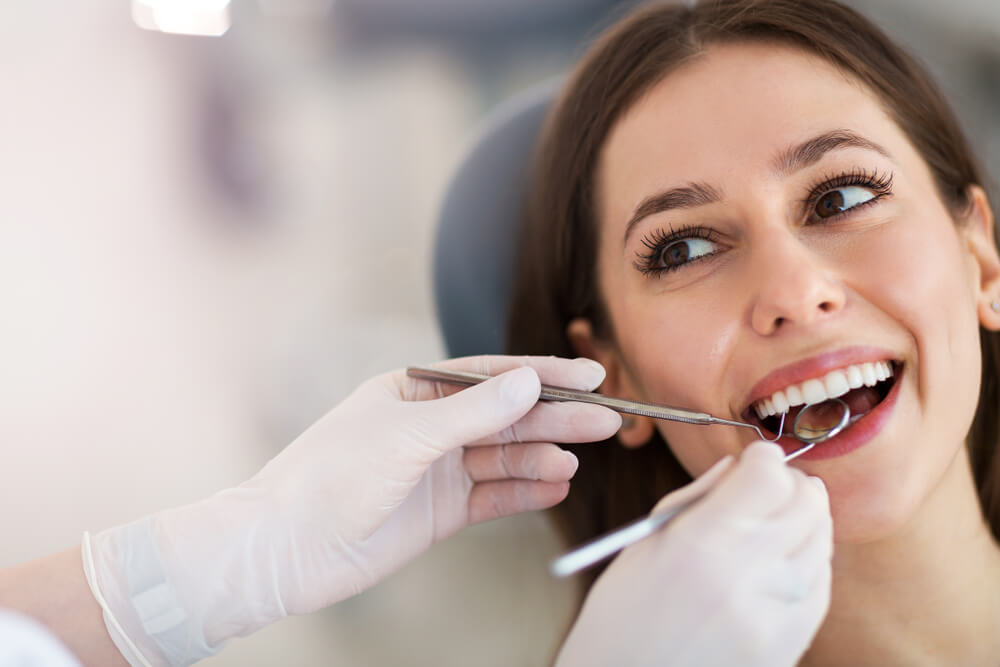
In recent years, there has been a notable shift in the field of dentistry towards a holistic approach that considers the interconnectedness of oral health with overall well-being. Holistic dentistry, also known as biological or integrative dentistry, goes beyond traditional dental practices, recognizing the impact of oral health on the entire body.
Holistic dentistry views oral health as a reflection of the overall health of the body. It emphasizes the relationship between oral hygiene and systemic health, recognizing that issues in the mouth can contribute to or indicate broader health concerns.
One key aspect of holistic dentistry is the use of biocompatible materials. Holistic dentists prioritize materials that are less likely to cause adverse reactions or sensitivities in patients. Additionally, many holistic dentists advocate for mercury-free dentistry, avoiding the use of amalgam fillings and focusing on safer alternatives.
Holistic dentistry places a strong emphasis on nutrition as a foundational element of oral health. Practitioners may provide nutritional guidance, recognizing the role of a balanced diet in promoting healthy teeth and gums. Nutritional support is considered integral to preventing and addressing dental issues.
Holistic dentists often address issues related to temporomandibular joint (TMJ) disorders and bite alignment. The alignment of the jaw and the way teeth come together can impact not only oral health but also overall posture, muscle tension, and even headaches. Holistic approaches aim to identify and address these issues comprehensively.
In line with a holistic philosophy, there is a preference for minimally invasive dental procedures. Holistic dentists strive to preserve as much of the natural tooth structure as possible, utilizing techniques that are gentle and less traumatic for the patient.